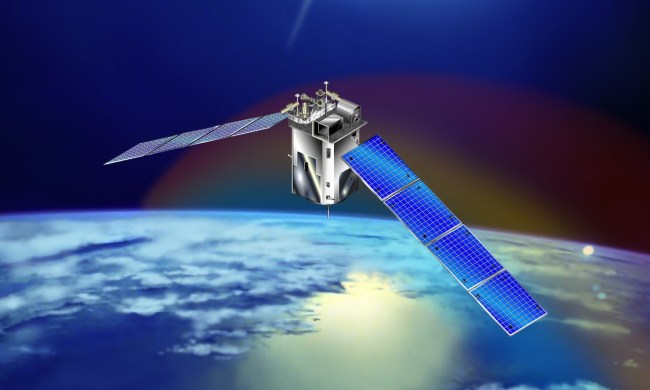
A team of researchers in Japan is working on a system that uses laser beams fired from the ground to knock out pieces of space junk.
The growing amount of space junk orbiting Earth poses a serious threat to satellites and crewed facilities such as the International Space Station and China’s Tiangong.
Made up of spent rocket parts and decommissioned satellites, the debris becomes an even bigger danger when it collides at great speed, creating smaller parts that still have the potential to cause enormous damage to humans and functioning machinery in orbit.
Various startups have been developing and testing systems in a bid to clear up space junk, but Osaka-based EX-Fusion is vying to become the first to use lasers from the ground to eliminate the debris from Earth’s orbit, according to news outlet Nikkei Asia.
As part of its effort, EX-Fusion signed a memorandum of understanding last year with Australian contractor EOS Space Systems, which has technology capable of detecting space junk.
EX-Fusion hopes to put a high-powered laser inside an EOS Space observatory near Canberra and then fire it intermittently at pieces of Earth-orbiting space junk measuring less than 4 inches (10 centimeters). This will slow it to a speed where it begins to descend, causing it to burn up as it reenters Earth’s atmosphere at gathering speed.
While current laser weaponry often deploys so-called “fiber lasers” that are able to knock out objects like drones using heat, EX-Fusion’s system uses diode-pumped solid-state (DPSS) lasers that are pulsed to apply force to pieces of junk moving at high speed, “stopping it like a brake,” Nikkei Asia said.
While the team behind the system will need time to work on the precision and power of the junk-busting technology, one major benefit is that all of the work can be carried out with relative ease right here on terra firma.
In other laser-based efforts to deal with orbiting debris, Japan’s Sky Perfect JSAT has partnered with research institute Riken and others to develop a satellite-mounted laser that will redirect junk, causing it to burn up in Earth’s atmosphere. Additional proposals by other companies have included space-based magnets, bags, and even harpoons.


